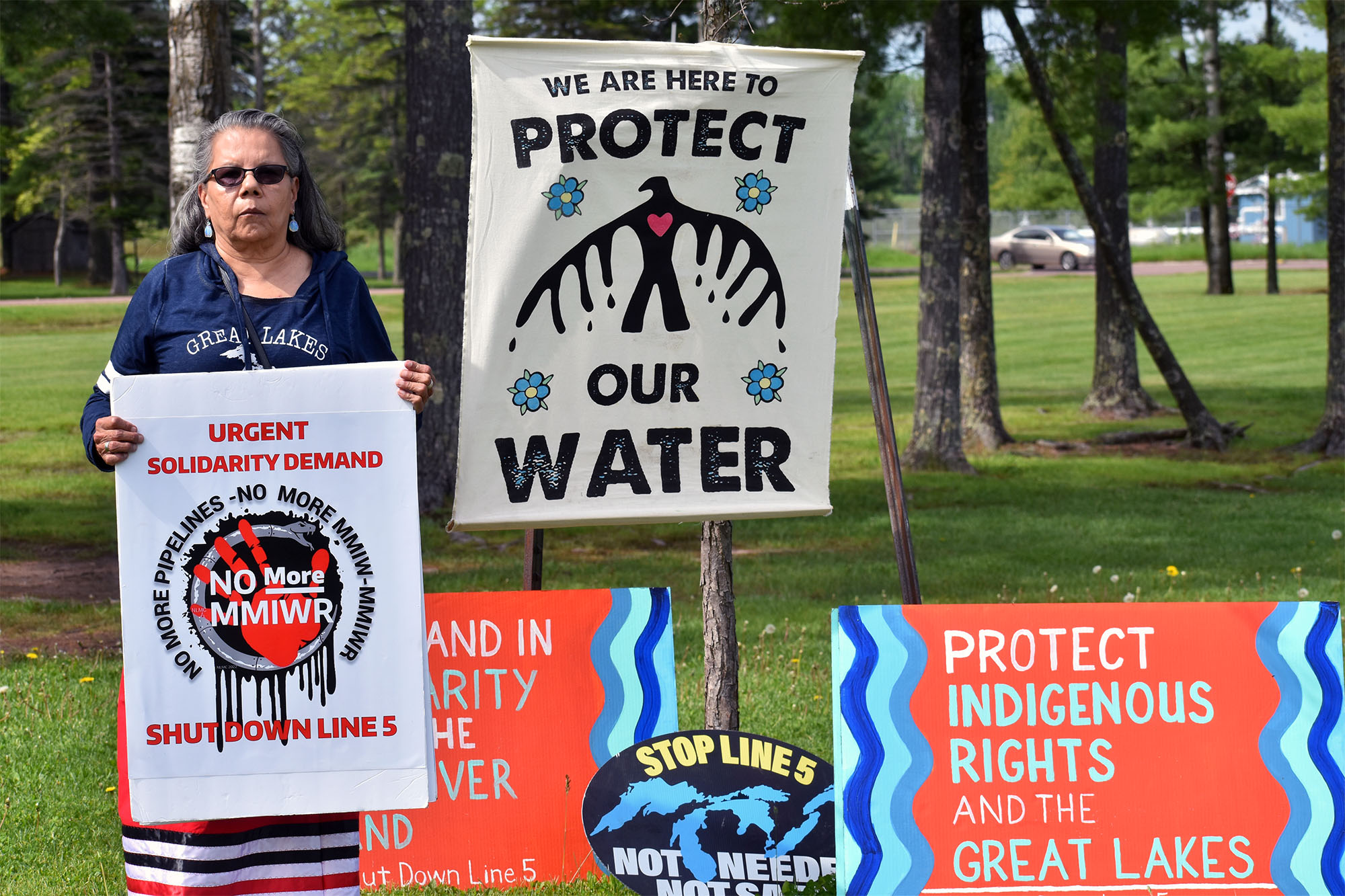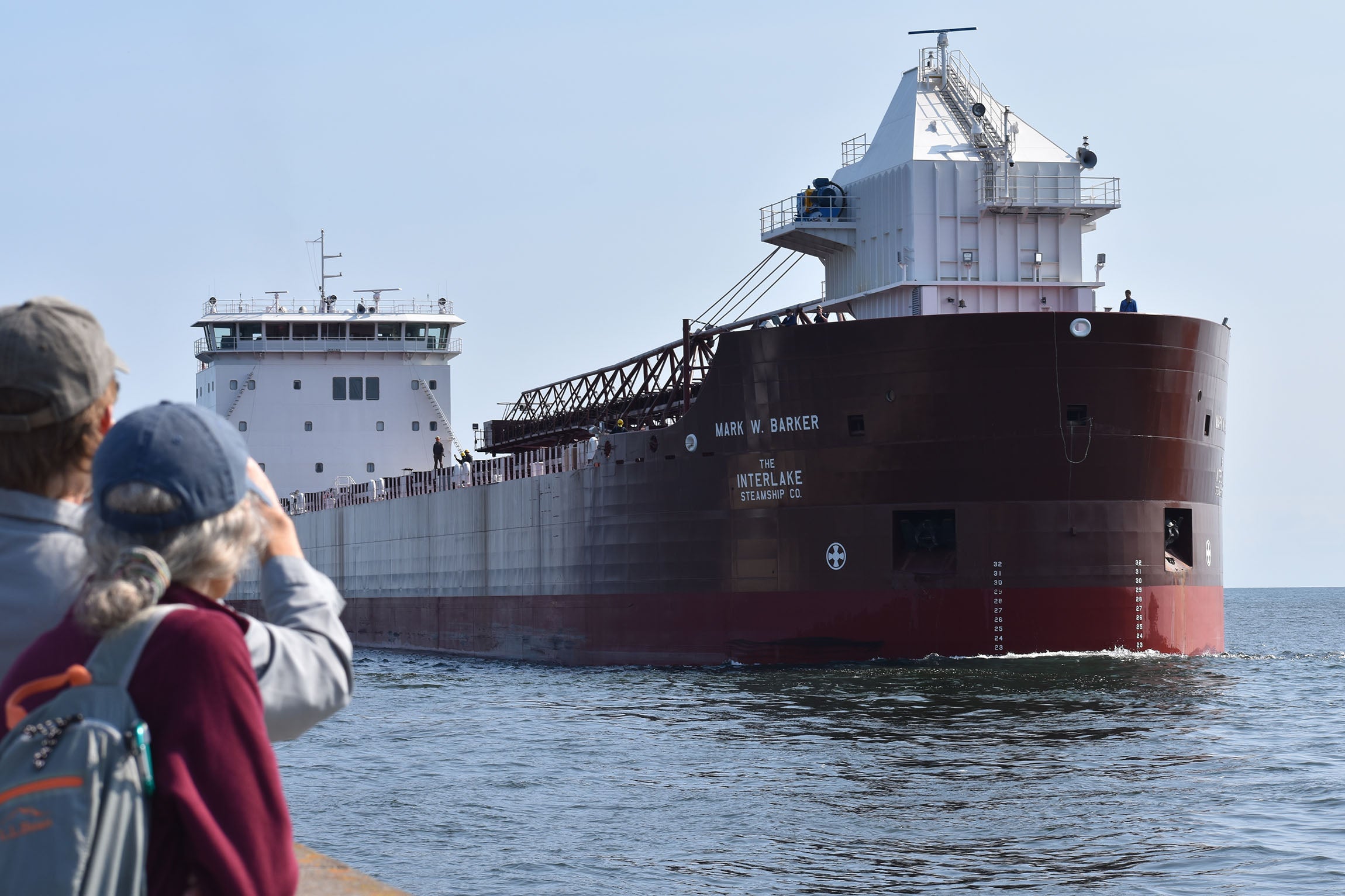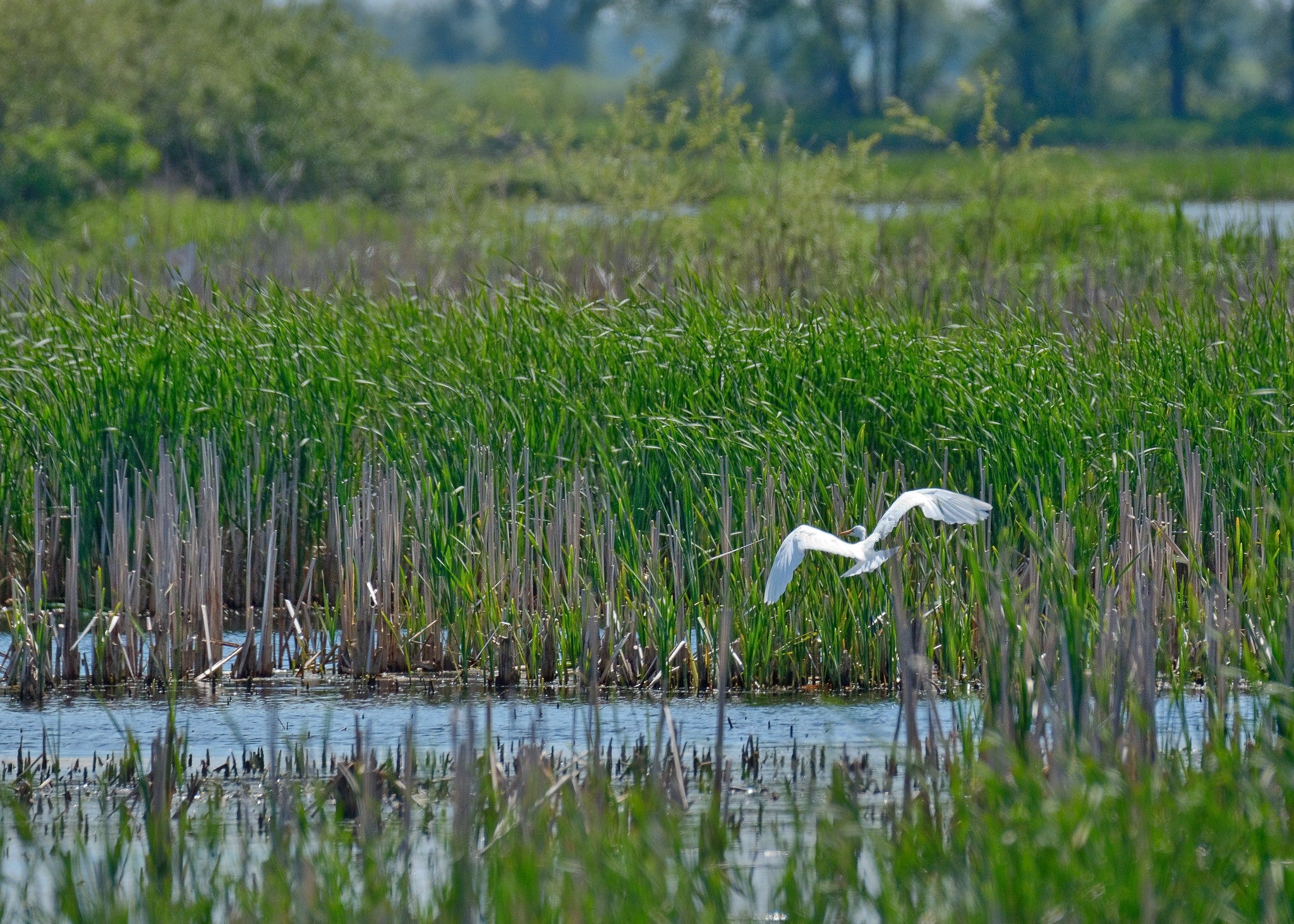Gogebic Taconite has announced that it may again have to readjust its plan for mining iron ore in northern Wisconsin after discovering more wetlands in the Penokee Hills than it initially expected.
The announcement comes a week after GTAC said it was pushing back its timeline to apply for a mining permit from next spring to next fall.
GTAC Spokesman Bob Seitz said the company will need to do more drilling and configuring. “Really we’re required to re-evaluate how the site is laid out because the law requires us to avoid wetlands — avoid, then minimize, then mitigate,” he said.
Stay informed on the latest news
Sign up for WPR’s email newsletter.
Wisconsin Wildlife Federation Director George Meyer said he’s not surprised that they’ve found more wetlands. He said with Lake Superior-effect snow piling on that region, the Penokees have the highest precipitation in Wisconsin. The National Weather Service office in Duluth says the average annual snowfall in the Hurley area is 167.5 inches.
Meyer said the development means that GTAC will have to spend a lot more money to mine iron ore.
“The groundwater modeling and the surface water monitoring is going to be a great challenge to the company, to get the models to work to figure out what the impacts are going to be,” said Meyer.
The Bad River Band of Lake Superior Ojibwe is downstream from the proposed mine. Tribal Chairman Mike Wiggins said that he’s worried the groundwater has already been degraded from drilling and sampling by GTAC, and that more testing is needed.
“The thing about the way the laws were written is objective scientists and a regulatory framework essentially don’t exist,” said Wiggins. “So how do we know there isn’t something really negative going on there?”
Seitz said they’ll continue to drill water wells to the depth of the proposed mine, which would be almost 1,500 feet deep.
Wisconsin Public Radio, © Copyright 2025, Board of Regents of the University of Wisconsin System and Wisconsin Educational Communications Board.




